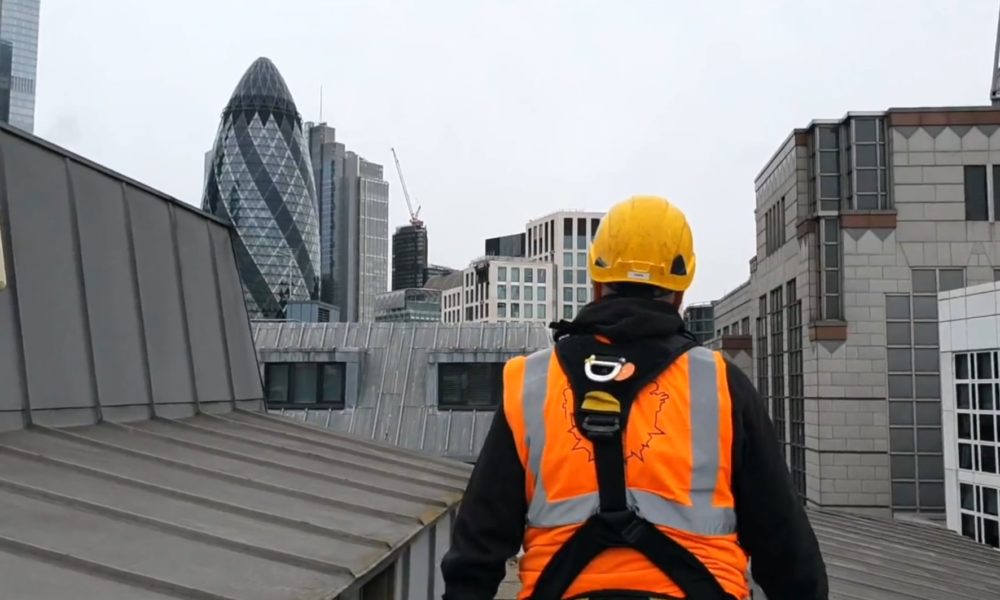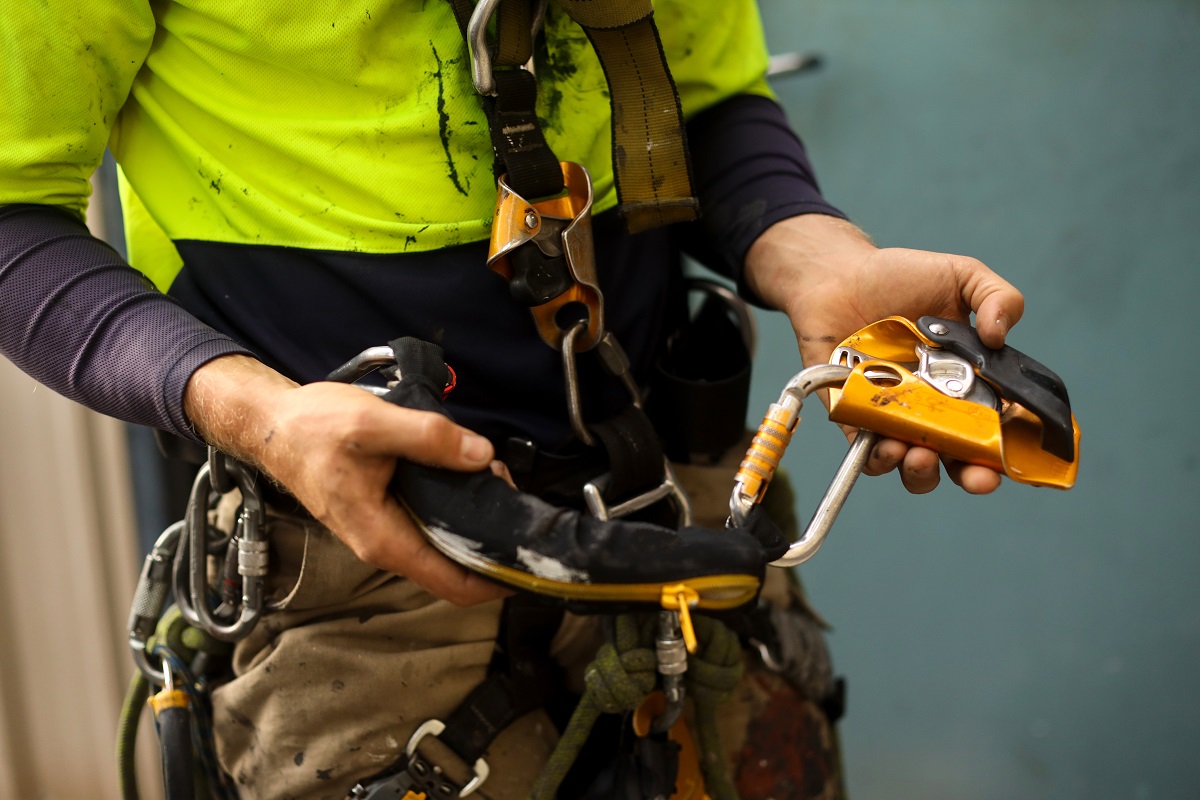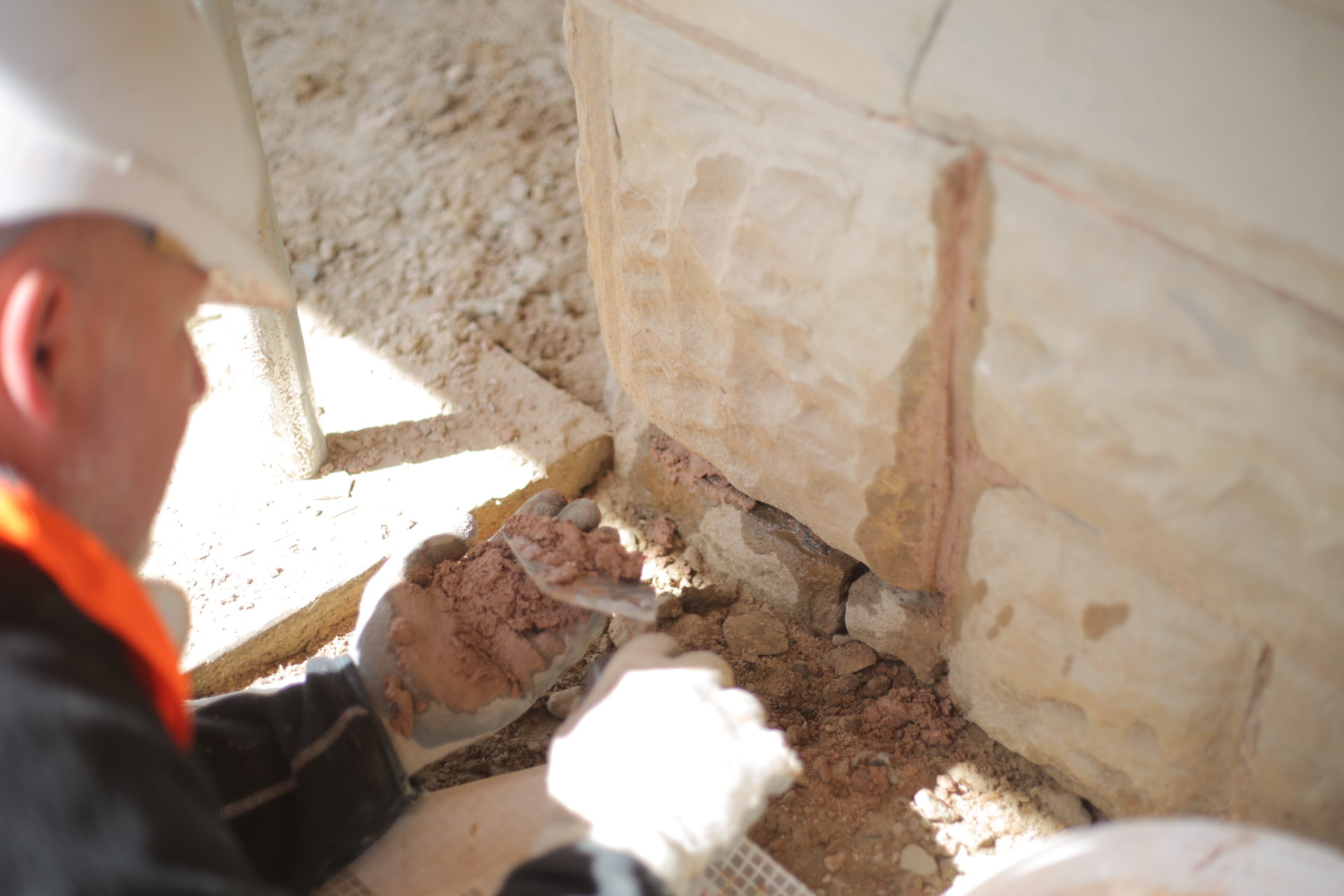A flood test is a simple but effective way to check if the membrane is intact and has any defects. Once the outlets have been blocked and the roof filled with a limited amount of water it is simply a case of waiting to see if a leak occurs below.
There are many limitations and pitfalls in flood testing, and it should always be carefully carried out. Due consideration has to be given to the weight loading that a flood test will add to a roof, and when releasing the flood will the drains and outlets be able to cope?
How does it work?
When carrying out a flood test the depth should be limited to 25mm to prevent any low upstands being overwhelmed and precautions taken below to make sure the damage is limited. There should be an alternative way to get the water off the roof and help remove the water once the leak starts. The flood can also saturate large areas of insulation and the deck which could cause issues in the future if the moisture is trapped.
The leak needs to be monitored from below to prevent extensive damage and the water will need a minimum of 4 hours on the roof to ensure the membrane is intact. A flood test will not pick up potential pathways such as partial laps and a visual inspection should be carried out.
A flood test can be carried out with existing finishes in place but on inverted roofs it should be considered that the flood may not reach all the roof area. Water depth can vary across the surface and some areas will naturally be much deeper than others unless the roof is completely flat with no undulations in the surface.
Advantages:
- Finishes do not have to be removed
- Not weather dependent
Disadvantages:
- Not an accurate test. No indication of the leak pathway.
- Potential damage from a flood/leak
- Potential damage/failure of roof from flood test
- Will not work on pitch roofs
- Areas potentially left untested
How Building Transformation can help
All a flood test will reveal is that there is a leak and the cause of the leak is very unlikely to be identified, meaning the search for the cause will still have to occur. Flood testing can be a very useful tool in a leak investigation to eliminate sections of membrane as the cause of a leak. A flood test is a very crude way of testing a roof and the potential for damage to the roof and leak site has to be considered before it should be undertaken.
At Building Transformation our solutions help improve the water integrity of your building. From roofs to windows, parapet walls, gutters, and cladding. Our team of specialists and engineers can provide you with a detailed picture of your building’s current issues, risks, and overall health. We provide leak investigation, condition surveys, roof corrosion treatment, repair, and ongoing roof maintenance plans for commercial or retail buildings and warehouses.
Or, if you simply need technical support, we can provide an overview of our approach to helping you resolve your roof or façade related issues.













